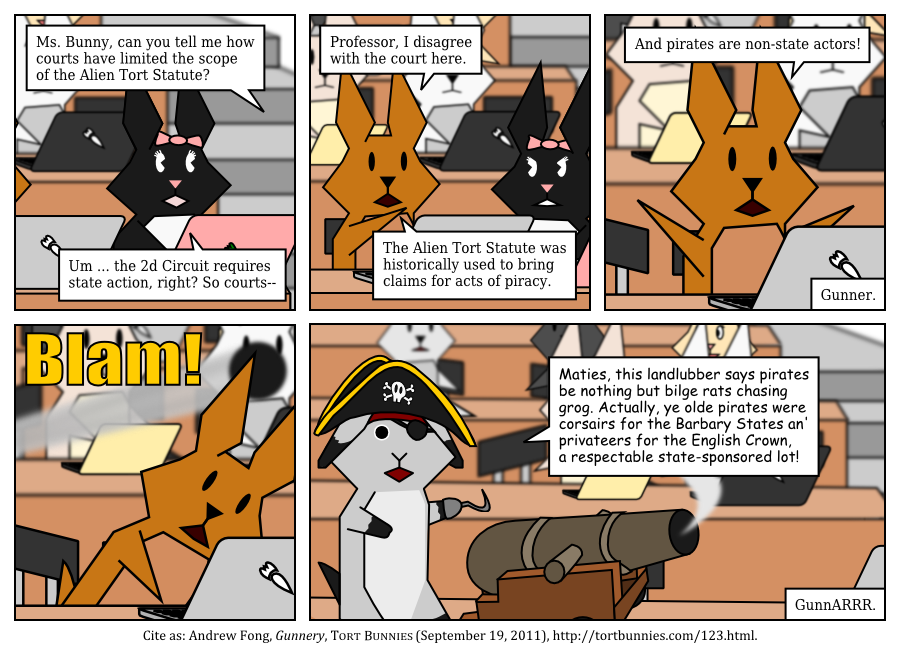

The thesis provides insight into the communication challenges of daily life for an individual with acquired brain injury in an institution. Thus, the components of this thesis (Klemmensen, 2018 Nielsen, 2015 Raudaskoski & Klemmensen, 2019) theoretically link the research journey towards investigating its literature, carrying out its own research and, as a result, contribute to this interaction turn. Interaction studies with a detailed understanding of action have shown that individuals who have impairments often do not behave according to their diagnosis, where studies decipher that several competences are overlooked (Dickerson et al., 2005 Goodwin, 1995Goodwin,, 2003bSchegloff, 1999 Sterponi, 2004 Sterponi & Shankey, 2014a, 2014b. In studies of language and communication disorders, there is a discrepancy between the dire deficiency discourse in experimental and clinical studies focusing on individuals' deficiencies, impairments and their lack of engagement in trials, and the more optimistic discourse in interaction-based studies focusing on individuals' abilities performances beyond their diagnoses and surprising outcomes in interaction (Goodwin, 1995 Klemmensen, 2018 Krummheuer, 2015 Raudaskoski, 2013 Raudaskoski & Klemmensen, 2019 Wilkinson, 1999aWilkinson,, 1999b. The visual remake is proposed as a term for this arts-based approach to highlight, enhance and visualise the features of films that are of special interest to an enquiry and facilitate comparative analysis. Also, the drawings address ethical issues as children’s right to anonymity in a study. This gains new knowledge, further and different knowledge than just using words. The drawn analysis are abstractions of the visual data where certain visual aspects, visible in the film, are re-used thus creating a direct link between the film and the drawing that preserve visual aspects of the original throughout the research process.
Comic strips transcript how to#
Furthermore, tools and reflections on how to sketch, draw and construct analytical images using paper and pen, technical tools such as features in movie players and image processing software, and basic drawing apps on a tablet, are presented and demonstrated in empirical examples from a study on preschool naptime.

The approach brings in methods and theory from disciplines using visual materials as data: Visual Anthropology, Ethnomethodology/Conversation Analysis (EMCA), Art History and Film Studies. This article demonstrates an analytical and arts-based approach using drawings as tools to retain the visual information in a film visual, throughout the research process as well as for thinking. The graphic transcript brings together familiar comic strip features such as panels, guttering, speech bubbles and captions with the transcript's criteria of providing an evidentiary record of earlier events that is available for re-inspection and re-interpretation by other analysts. The comic strip itself has recently been undergoing a period of experimentation and hybridisation with other forms.

The graphic transcript is proposed as an alternative form of transcription that hybridises the qualities and evidentiary criteria of the transcript with the representational conventions of the comic strip. The desire of geographers to draw upon video recordings and time-lapse photography has lead to time-series images being used to bring those visual materials into documents.

The most common forms use text and a line-by-line-based system, and conversation analytic transcripts have been successful in making a number of other features of talk visible. A brief review is presented of existing forms of transcription of talk that incorporate visual, spatial and temporal elements.


 0 kommentar(er)
0 kommentar(er)
